The Holiday season is fast approaching and for athletes this time of the year presents a significant challenge when it comes to finding the time to train and still enjoy all the festivities and family time.
As we head into December its a good time to plan for the month ahead, knowing ahead of time that a little curtailing of your training program will allow you to both maintain fitness and free up time for family and friends. Taking the stress away from trying to stick rigidly to your training program and relaxing more with family and friends while maintaining fitness will see you head into the New Year refreshed and highly motivated to get back to your plan.
Firstly we need to understand that maintenance of fitness is possible with significantly reduced training volume for a period of 3-4 weeks. We need to get away from the mentality of always chasing fitness and accept that for a short time the only focus is on maintenance. So if your regular week involves 12 hours of training then you can quite safely reduce this to 6-8 hours a week. Just think if you take into account all the commuting and preparation time for these training hours you may be freeing up 10 plus hours a week – at such a busy time of year this can be very welcome extra time.
When sitting down and looking at your training schedule the first sessions you can reduce or remove are the endurance sessions, losing your long ride and run at this time of year are not going to hurt your performance. Quality in your training does need to be maintained, your strength and speed sessions are important but these too can be reduced in volume and number, we just want to make sure in each week that we hit one of each session type. For example if your run speed session called for 30minutes of intervals then this can safely be reduced by 50%, the speed remains the same to ensure we keep hitting the muscles the same way – the focus is on keeping the muscles used to the motor patterns of the workout without stressing them for progress as we would in a regular week.
EXAMPLE CHANGE – RUN SET
ORIGINAL – 2x3k moderate + 3min easy between – 4x1km hard + 90s rest
NEW SESSION – 2x2km moderate + 2min easy between – 2x1km hard + 90s rest
Rest days are not something we normally plan into a training schedule at ironguides as we believe life will always get in the way at times and force rest days upon us but during the holidays planning a rest day or 2 can work well especially if it is following a special event or night out so you can indulge without guilt at it effecting training the following day.
Talking of special events such as a night out, meals with family and friends and drinks then this does tend to come with a certain amount of guilt for many athletes, that guilt tends to be in the form of the excess calories that will be consumed. The typical response from many is the need to train more before or after such events to compensate for this over indulgence but this can lead to problems in itself as the body is already tired and stressed and training more at this time of year can over stress your immune system and leave you more prone to infections and illness.
This guilt or fear of such events if we are honest is not focussed around losing fitness but more on gaining weight, it is typical for most to put weight on over the holiday period so this fear is very real. I think one of the best quotes and one of the only factual quotes in fitness is the “six pack abs are made in the kitchen not the gym”! No amount of abdominal work is going to give you six pack if they are covered in a layer of fat from excess eating!
The reason people experience significant weight gain during the holidays is because we make no change to our regular diet and just add to this during nights out and family events! We have to make some adjustments to what we are eating in order to enjoy the festivities guilt free. Embracing intermittent fasting is a great way to do this, a simple way to control calorie intake and avoid overdoing the calories without realising.
Intermittent fasting involves a daily period of fasting, a good starting point is 16 hours per day without any calories and consuming all your calories in an 8 hour window. For example your first meal may be around midday and last meal 8pm, this not only gives the body a longer period of fat burning daily it also allows bigger more satisfying meals to meat your daily calorie requirements. For example a typical male calorie requirement per day is around 2500 calories,
MEAL 1 – 12pm to 2pm – approx 500 calories
MEAL 2 – 5pm – 800 calories
MEAL 3 – 8pm – 1200 calories
For most of us eating 1200 calories at one meal is going to be a struggle but at a restaurant or holiday meal with all the high calorie foods and drinks available getting to this quantity will not be hard at all. If you know you have a tendency to go totally overboard at such events you can further curtail your days calories leading up to the event leaving you a larger calorie buffer for the event!
So rather than seeing the solution to overeating as quite literally training your ass off look at making some little changes to how you eat through the day in order to enjoy your big meals guilt free.
Finally have some fun over the holidays, maybe throw a challenge day into your training, you are on reduced volume and you may have have a few forced rest days so your body is going to be fresh and you can use this freshness for a challenging day, maybe a crazy session you have always wanted to try or an extra long run loop. Another option is there are always a lot of fun local events on over the holidays so jump in and enjoy your fitness, Christmas Pudding runs on the 26th December are very popular in the UK and so many other fun events are out there. Locally we have a Wheelbarrow race that takes place on the 1st of December, this is a 1 mile event involving teams of 2 people and a wheelbarrow, you have to get round the course as fast as you can with one runner pushing the other in the Wheelbarrow and changing positions as many times as needed on the way round.
Make sure you take a little time to plan how your training will look over the holidays, this will allow you to enjoy the period stress free and not only maintain your fitness but you will find you go into the New Year refreshed and ready to get back to your regular training routine with rented focus and determination!
Enjoy your training.
Alun Woodward
–
–
Train with ironguides!
Personalized Online Coaching: Starting at USD190/month
Monthly Training plans (for all levels, or focused on one discipline): Only USD39/months
Event based training plans:
Sprint Distance (USD45 for 8-week plan)
Olympic Distance (USD65 for 12 week plan)
Half Ironman (R$95 for 16-week plan)
Ironman (USD145 for 20-week plan)
X-Terra (USD65 for 12-week plan)
Running Plans (10k, 21k and 42k – starting at USD40)


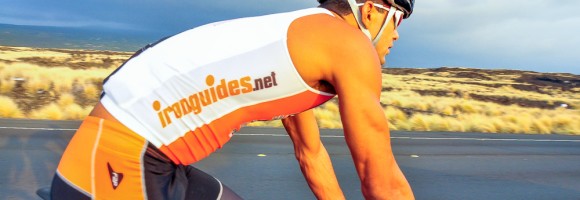
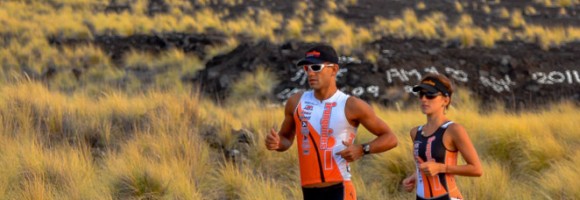
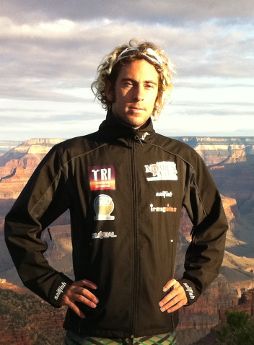
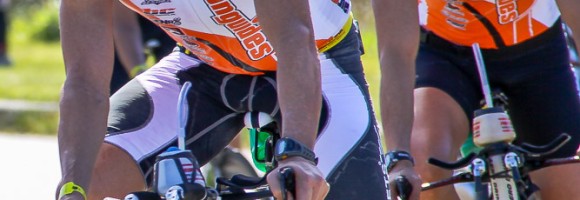
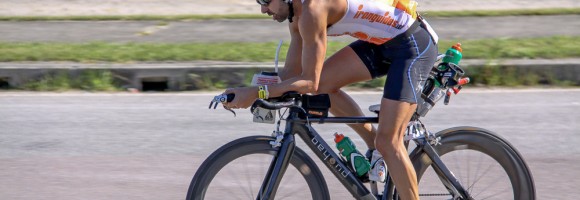
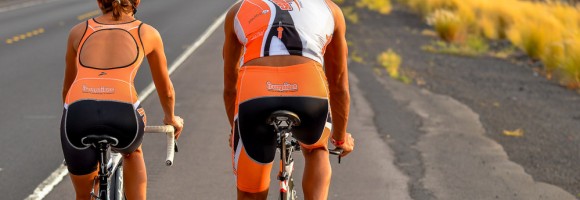
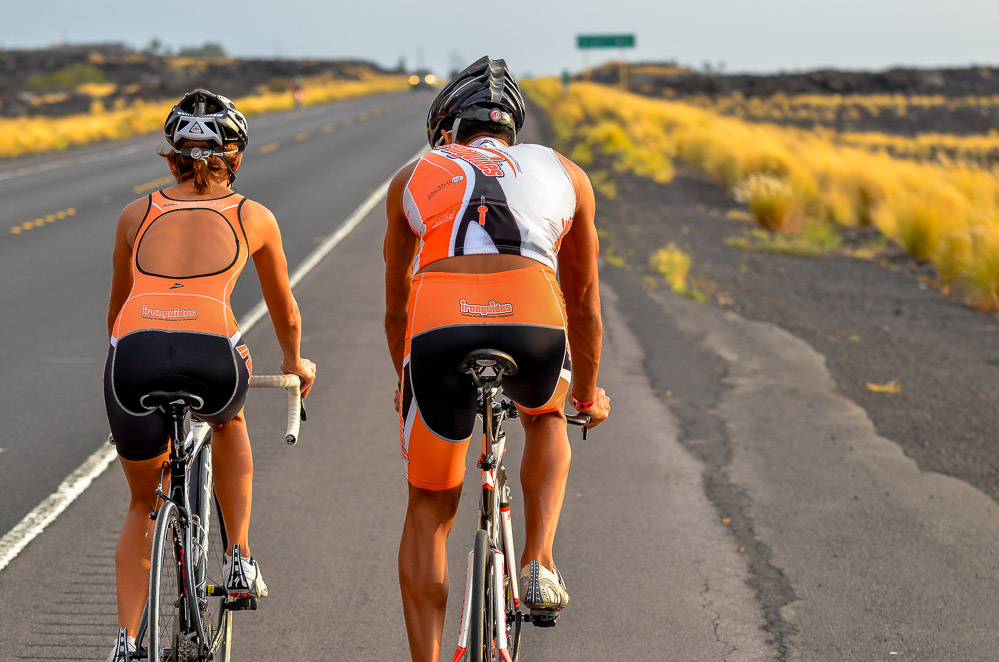
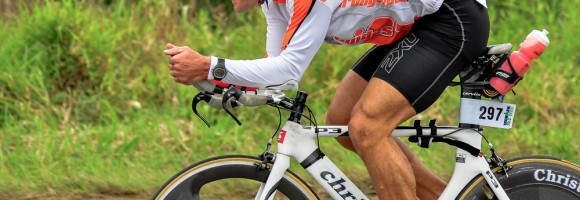
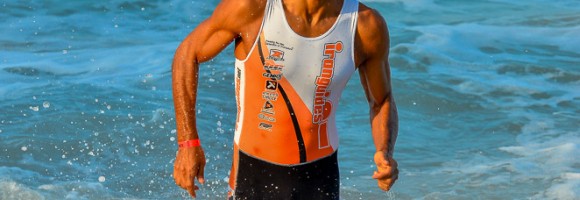
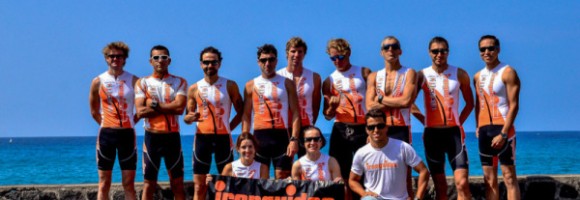
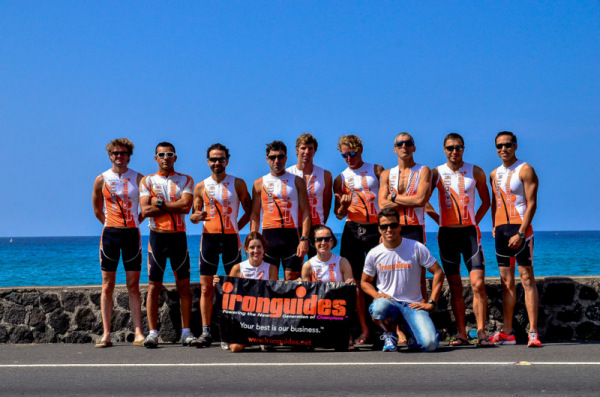
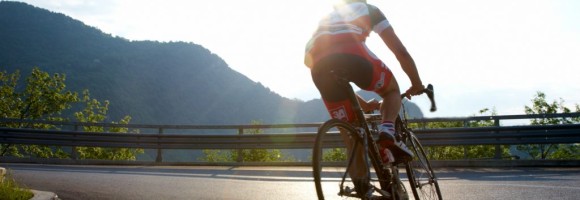
Recent Comments